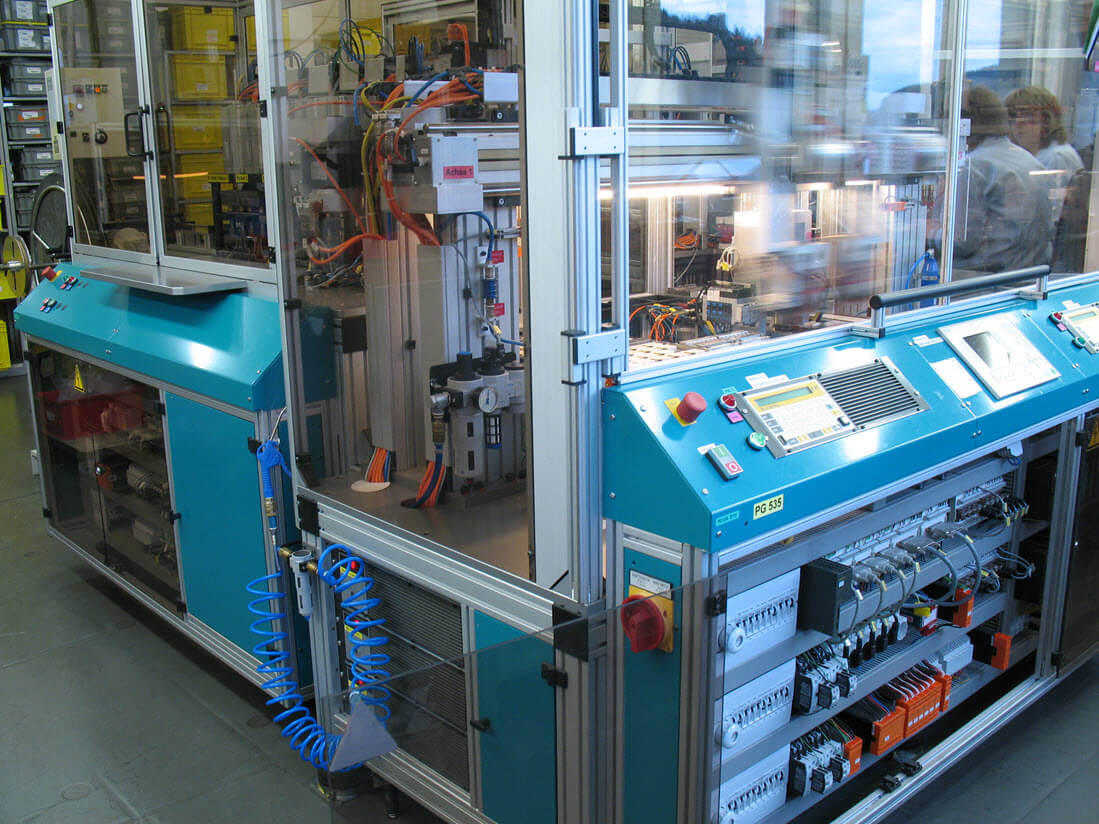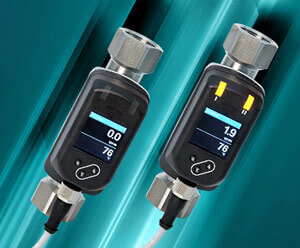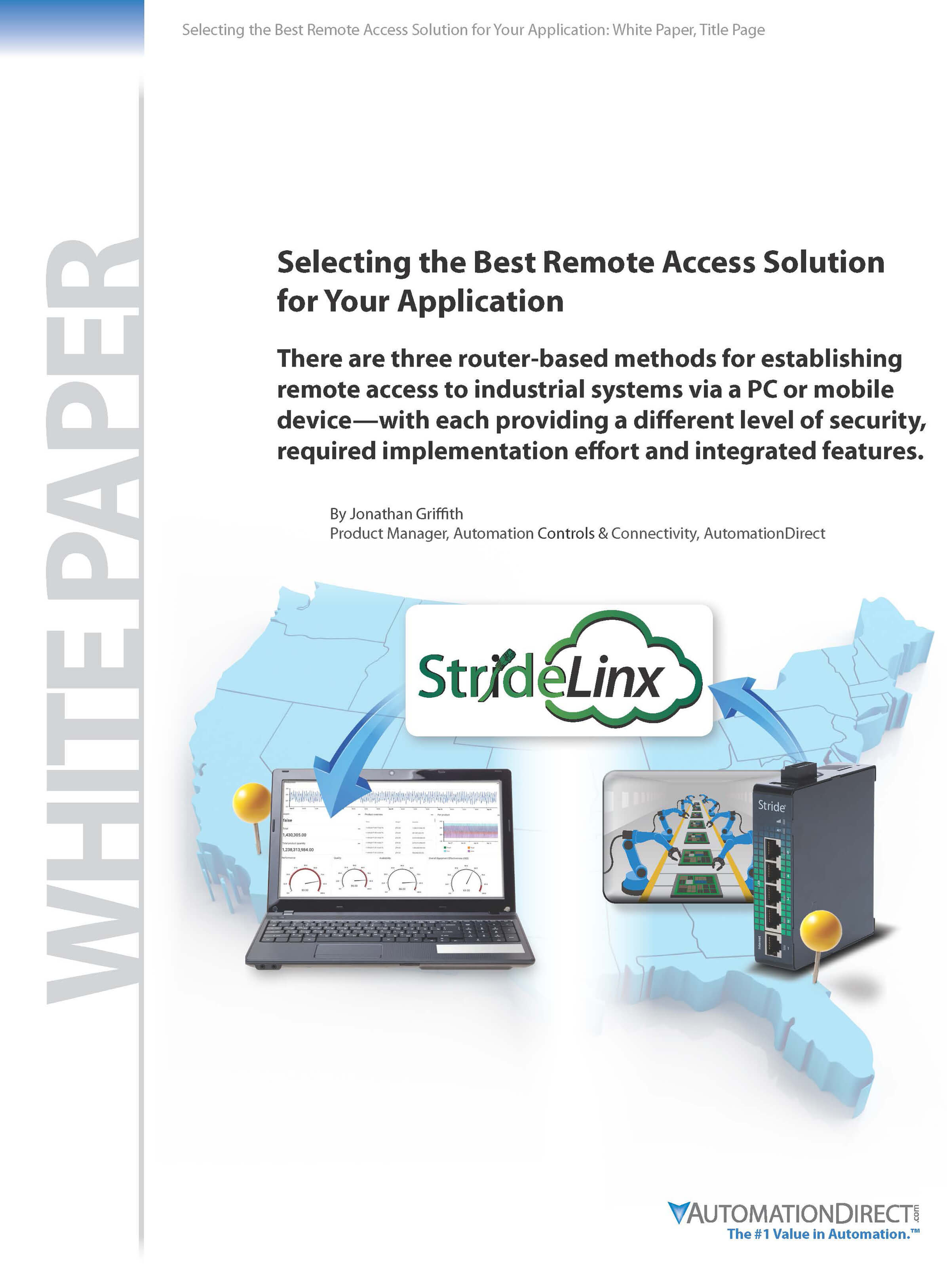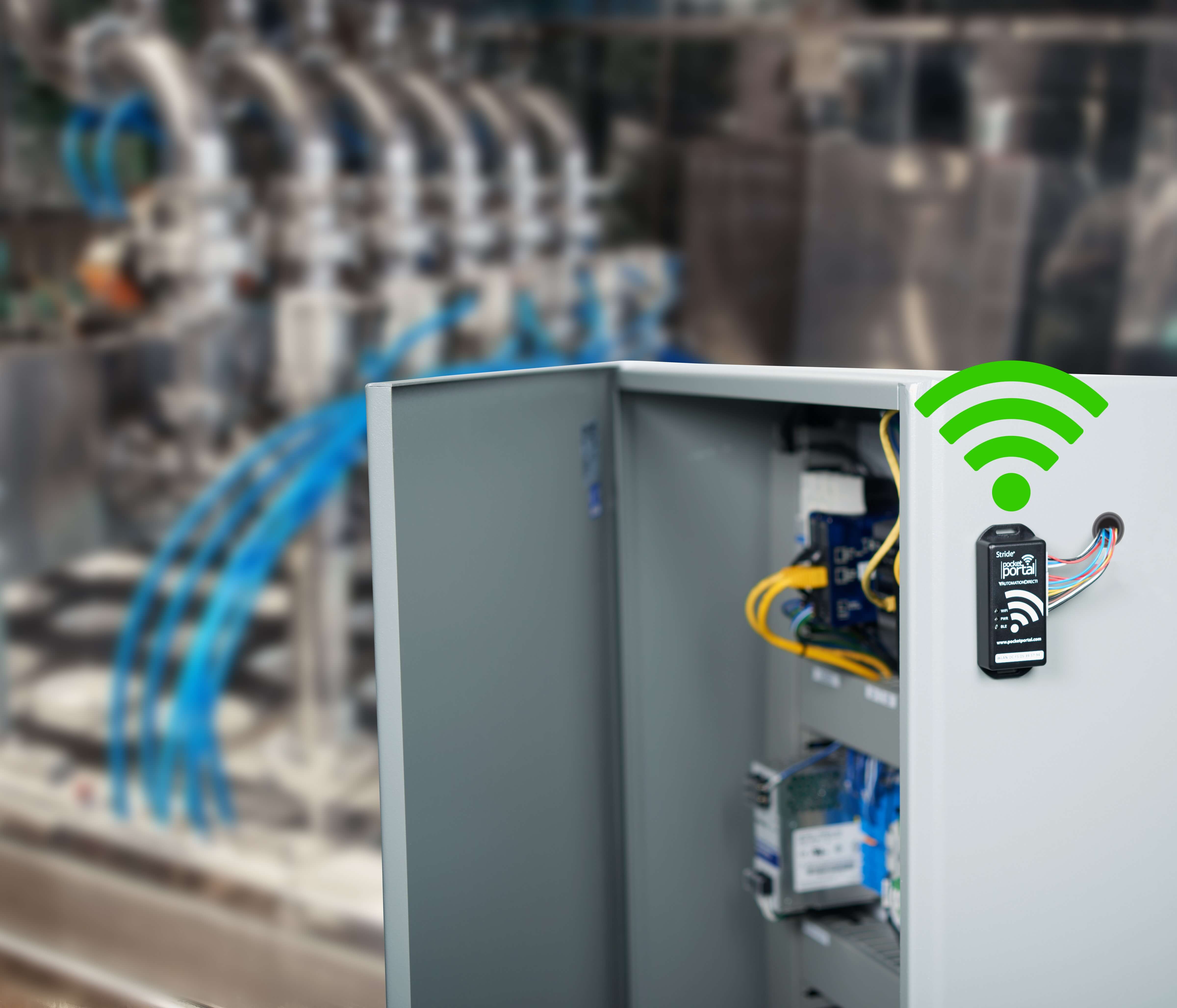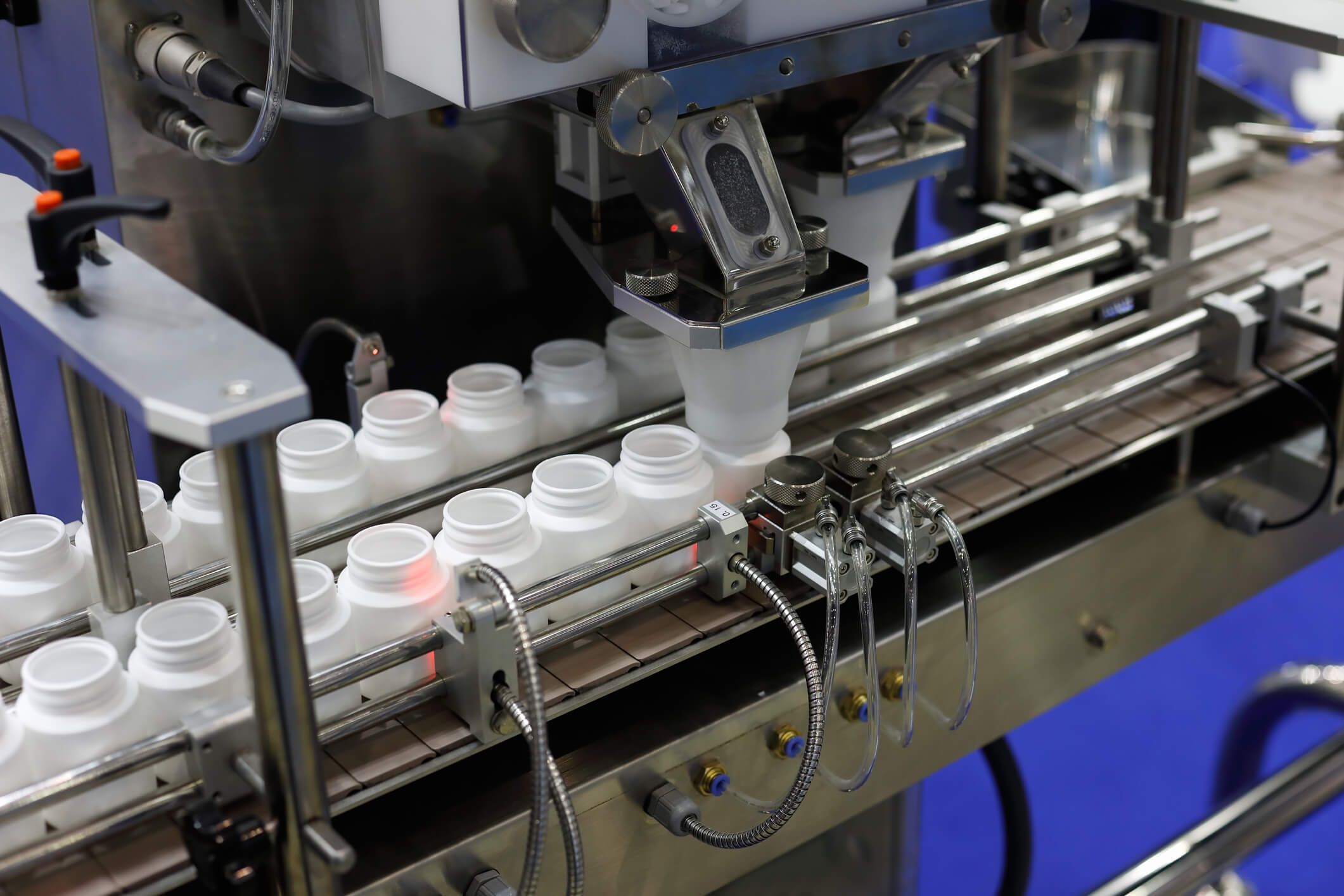Machine designers must consider many factors when deciding on safety system architectures for factory automation. Larry Reynolds, product engineer for safety components at AutomationDirect, wrote an article for the September-October 2019 issue of ISA’s InTech titled Integrated or Separate Safety Systems. Here’s a summary, click on the link above for the full text. Factory equipment…
InterConnecting Automation, an AutomationDirect system integrator, helps in-house staff to upgrade an aging and highly manual control system into a modern and easy-to-configure design. Todd Timpa, assistant general manager at CTC Crushing, wrote an article for the October 2019 issue of Control titled Modern Controls, System Integrator Automate Rock Crushing. Here’s a summary, click on…
ProSense® VFS series vortex flow sensors offer a very cost-effective solution optimized for monitoring water and deionized water flow in industrial applications. Vortex flow sensors are a reliable alternative to other flow sensing technologies and are a simple, low cost, and proven method for measuring flow of water-based liquids that is independent of the liquid’s…
Do you have an HMI project coming up? Here are some helpful tips and guidelines for you to remember during your planning and implementation. 1. Story Boards are a Good Start A good starting point for HMI design is a text-based outline documenting each screen’s content. With the operator’s point-of-view and ease-of-use in mind, detail…
Through the centuries, the concept of ‘quality’ has fascinated people. Aristotle is credited with saying that quality is not an act, it’s a habit. Henry Ford said that quality means doing it right when no one is looking. Both of these statements describe the culture at Quabbin Wire & Cable Co., which manufactures general purpose…
There are three router-based methods for establishing remote access to industrial systems via a PC or mobile device—with each providing a different level of security, required implementation effort and integrated features. In today’s Internet of Things (IoT) world, remote mobile access is a necessity for many industrial applications. There are several ways of implementing this…
Some automation applications don’t need a full-blown control system, and today’s lightweight devices can offer targeted and economical options. Bill Dehner, a Technical Marketing Manager at AutomationDirect, authored an article for the September 2019 issue of Industrial Equipment News titled Lightweight Automation Options. Here’s a summary, click on the link above for the full text….
There are two leading methods exist for establishing mobile HMI connectivity, with one providing more cybersecurity. Jonathan Griffith, product manager for Industrial Communications & Power Supplies at AutomationDirect, wrote an article for the September 2019 issue of Control Engineering titled Selecting HMI Remote Access Options. Here’s a summary, click on the link above for the…
These pointers shed some light on how end users can choose between general-purpose and mission-specific position sensors. Andrew Waugh, Product Manager for Sensor and Safety products at AutomationDirect, recently authored an article for the September 2019 issue of Design World titled Applying the right position sensor. Following is a summary, click on the preceding link…
Automation professionals have voted for the AutomationDirect family of programmable logic controller hardware and software, once again making them a top choice for their automation applications. AutomationDirect programmable logic controller (PLC) hardware and software were recently recognized in Control Design 2019 Readers’ Choice Awards. This awards program invites readers with buying influence or authority to…


